12 Low-Histamine Breakfast Recipes for Hassle-Free Mornings
Primal Edge Health participates in the Amazon Services LLC Associates Program and other affiliate programs and therefore, may collect a share of sales or other compensation from the links on this page. This comes at no additional cost to you, and all the prices and availability are accurate at the time of publishing.
Is your histamine intolerance acting up in the morning like clockwork? I have a clear solution to making your mornings easier—low-histamine breakfast recipes.

Whether you have histamine intolerance or not, everyone needs a good breakfast to start the day on the right foot. However, if you’re prone to histamine reactions, your first meal might need a little more forethought than usual.
Let’s dive into the low-histamine diet, what a low-histamine breakfast can do for you, and some of my best breakfast recipes to help you get started.
Overview of Histamine Intolerance
Histamine intolerance is a reaction to histamine in certain foods. It’s caused by the body’s inability to break down and process histamine correctly, allowing histamine to build up. When the amount of histamine in your body reaches a certain threshold, you may start experiencing symptoms, such as:
- Headaches
- Nausea or vomiting
- Diarrhea
- Shortness of breath
- Runny or stuffy nose
- Itching
- Rash
- Flushing
- Low blood pressure
- Fast or irregular heartbeat
- Swelling of the lips, tongue, or throat
While these symptoms are similar to that of a food allergy, histamine intolerance is not considered an allergy. Instead, it’s a reaction to a buildup of histamine, usually caused by high-histamine foods.
What is MCAS?
Mast cells are responsible for immediate reactions to allergens, releasing mediators that regulate immune responses. In normal circumstances, mast cells are essential for producing an immune response to certain bacteria or parasites that enter the body.
However, these mast cells can become defective and release too many mediators in response to triggers. This medical diagnosis is called Mast Cell Activation Syndrome (MCAS), a condition wherein an individual experiences symptoms of anaphylaxis or severe allergic reaction. Most commonly reported symptoms of histamine intolerance include:
- Rash
- Swelling
- Flushing
- Itchiness
- Diarrhea
- Nausea or vomiting
- Fainting
- Wheezing
- Congestion
- Headaches
- Chronic urticaria
Who Can Benefit From a Low Histamine Diet?
Currently, there are no specific dietary guidelines for histamine intolerance or MCAS. In fact, histamine intolerance is not considered an explicit medical condition. However, many doctors, like the ones from UW Health, may recommend reducing your intake of dietary histamine through anti-inflammatory diets.
Talk to your doctor immediately if you keep experiencing allergy symptoms and can’t pinpoint a direct cause. You may need to do an allergy test or an elimination diet to see what foods are triggering you.
Why Should You Eat Low-Histamine Foods for Breakfast?
High-histamine foods may cause a number of unwanted symptoms if you have histamine intolerance or MCAS. If your doctor recommends it, lowering your histamine intake may lead to several benefits, especially at the start of your day:
- Fewer Histamine Issues: Of course, the first thing we want to achieve with a low-histamine diet is symptom reduction or even elimination. A headache or an upset tummy might not be a huge nuisance every now and then, but when it happens frequently, it can reduce your quality of life and set you up for a bad day.
- Fewer Absences: Moderate to severe allergy-like symptoms can make you miss work, or at least come in late. Starting the day with a low-histamine breakfast can help prevent that. The same goes for school, meetings, and any other appointments.
- More Energy: Histamine reactions can lead to fatigue, and no one wants to experience that at the beginning of their day. I like to add a low-caffeine coffee or a coffee alternative to my low-histamine breakfast to keep my energy levels stable throughout the day.
Low-Histamine Breakfast Ingredients You Can Try
Before we go into my favorite low-histamine breakfasts, let’s talk about the low-histamine ingredients you can use. Here’s a list of ideal foods according to the Histamine Intolerance Awareness website:
- Fresh Fruit: Most fresh fruits are low in histamine except plantains. However, papayas, bananas, plums, kiwis, strawberries, and pineapples may release histamine that’s already in your body. Try to avoid processed or dried fruit also.
- Fresh Vegetables: Most vegetables are low-histamine, excluding tomatoes, eggplants, and spinach.
- Dairy: Fresh milk, cream cheese, mozzarella, and butter are all safe for a low-histamine breakfast. Avoid matured, aged cheeses, yogurt, and plant-based milks.
- Fresh Meat: Fresh beef, poultry, pork, eggs, and fish are the best for a low-histamine and overall healthy diet. Smoked meat like salami or sausages is a no-go. The same goes for highly-processed meats like bacon.
- Grains and Cereals: You can use white bread, rye bread, corn, sweet potatoes, potatoes, oats, quinoa, white or brown rice, and millet flour.
- Others: Dried or fresh herbs, salt, ginger, and mild spices are safe. The same goes for low-histamine salad dressings.
- Oil: Use low-histamine oils with healthy fats like olive oil, coconut oil, animal fat, and fish oil.
In contrast, try to avoid foods with high histamine levels, release histamine, or block the DAO enzyme, which degrades histamine-containing foods. The list of high-histamine foods include:
- Eggplants, tomatoes, and spinach
- Papayas, bananas, plums, kiwis, pineapples, citrus fruits, strawberries
- Pickled or canned foods
- Aged cheeses
- Long-stored nuts
- Chocolate and other cocoa products
- Ready meals
- Salty snacks
- Sweets with preservatives and synthetic colorings
- Vinegar
- Soy sauce
- Energy drinks
- Black tea
In general, the biggest red flags for a low-histamine diet are processed and fermented foods. These include aged cheeses, pickled food, and alcohol. Nevertheless, there are plenty of ways you can find substitutes.
For me, I enjoy a glass of low-histamine wine once in a while. You can also try minimally processed foods like freshly made cheese, low-histamine alcohol, or cacao nibs instead of chocolate. It also helps to fill my tummy with low-histamine snacks in between meals.
12 Delicious Low-Histamine Breakfast Ideas
After you go through the elimination phase of the low-histamine diet with your doctor, you can now find low-histamine recipes that won’t trigger your reactions. Here’s a great selection of low-histamine breakfast recipes you can add to your meal plan.
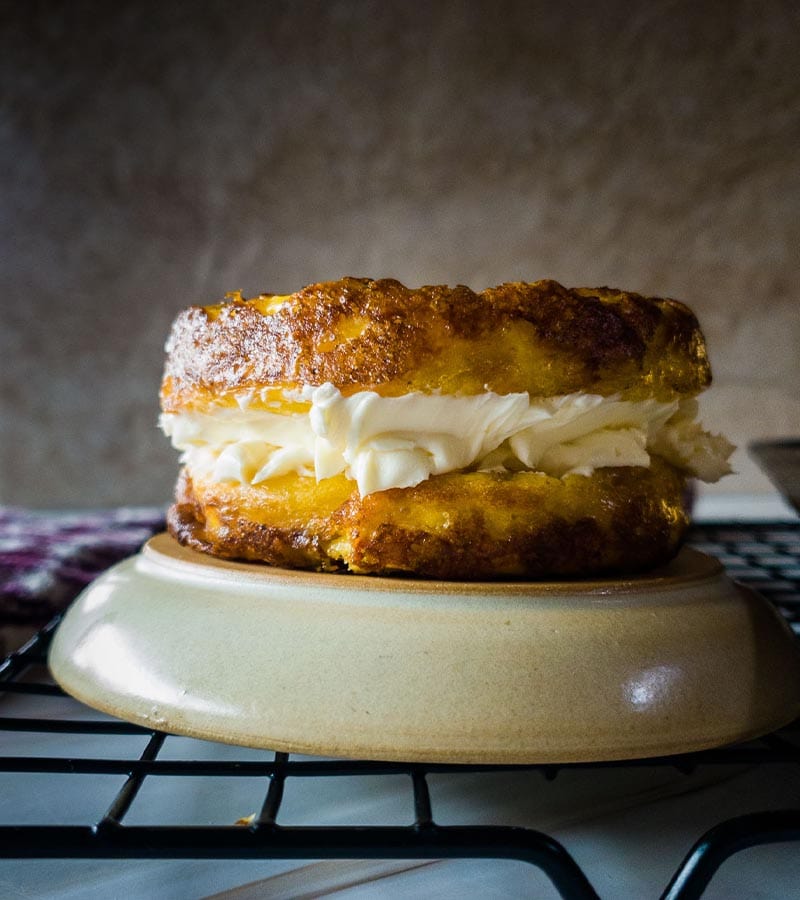
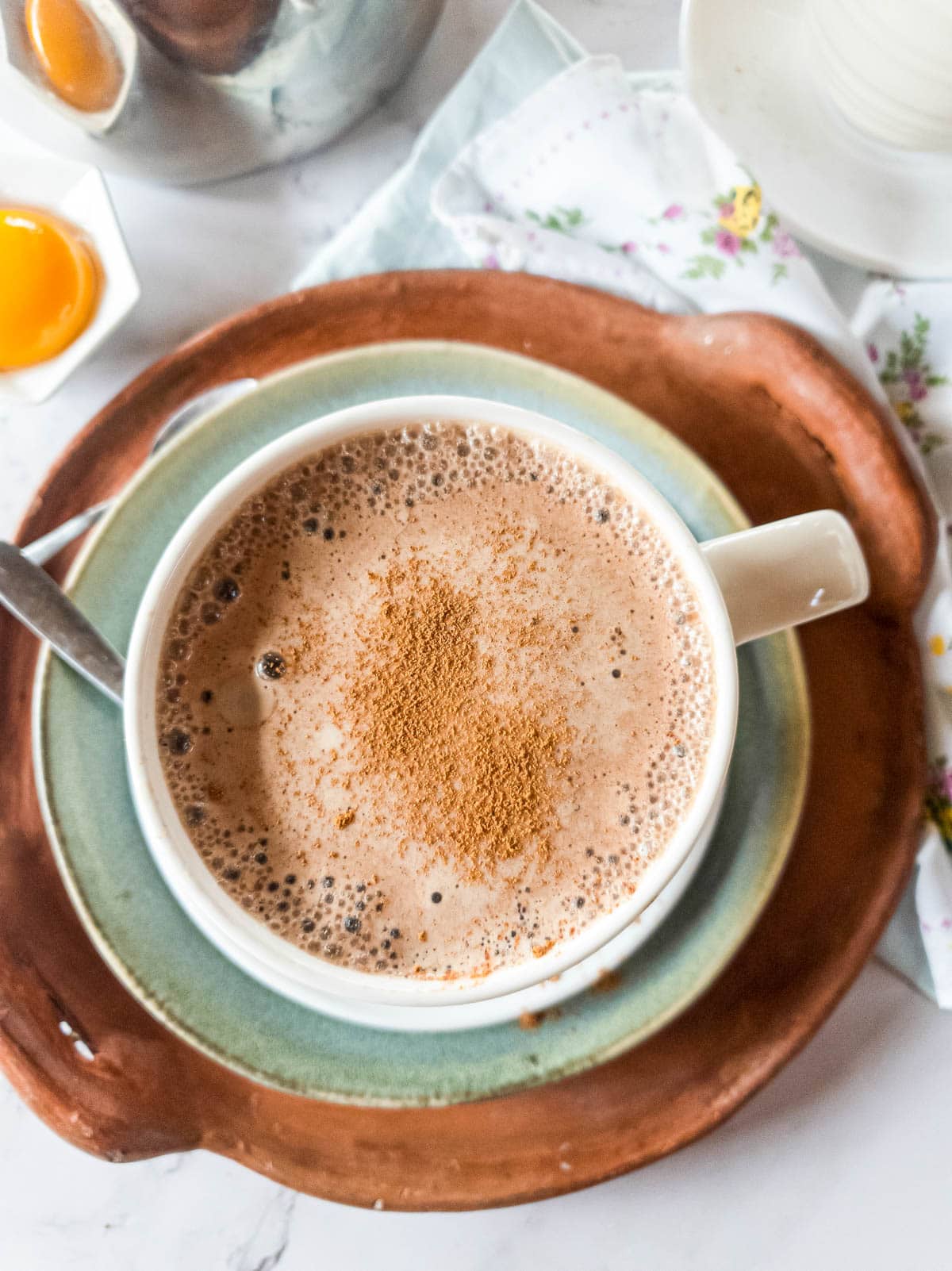
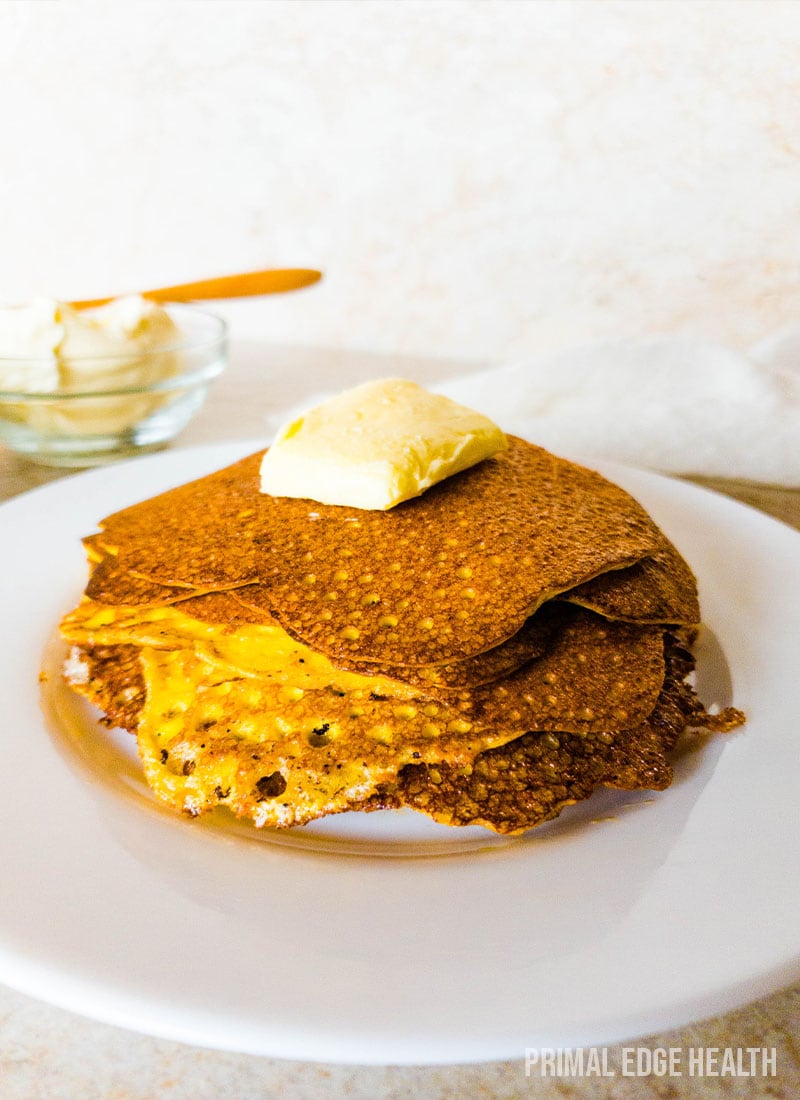
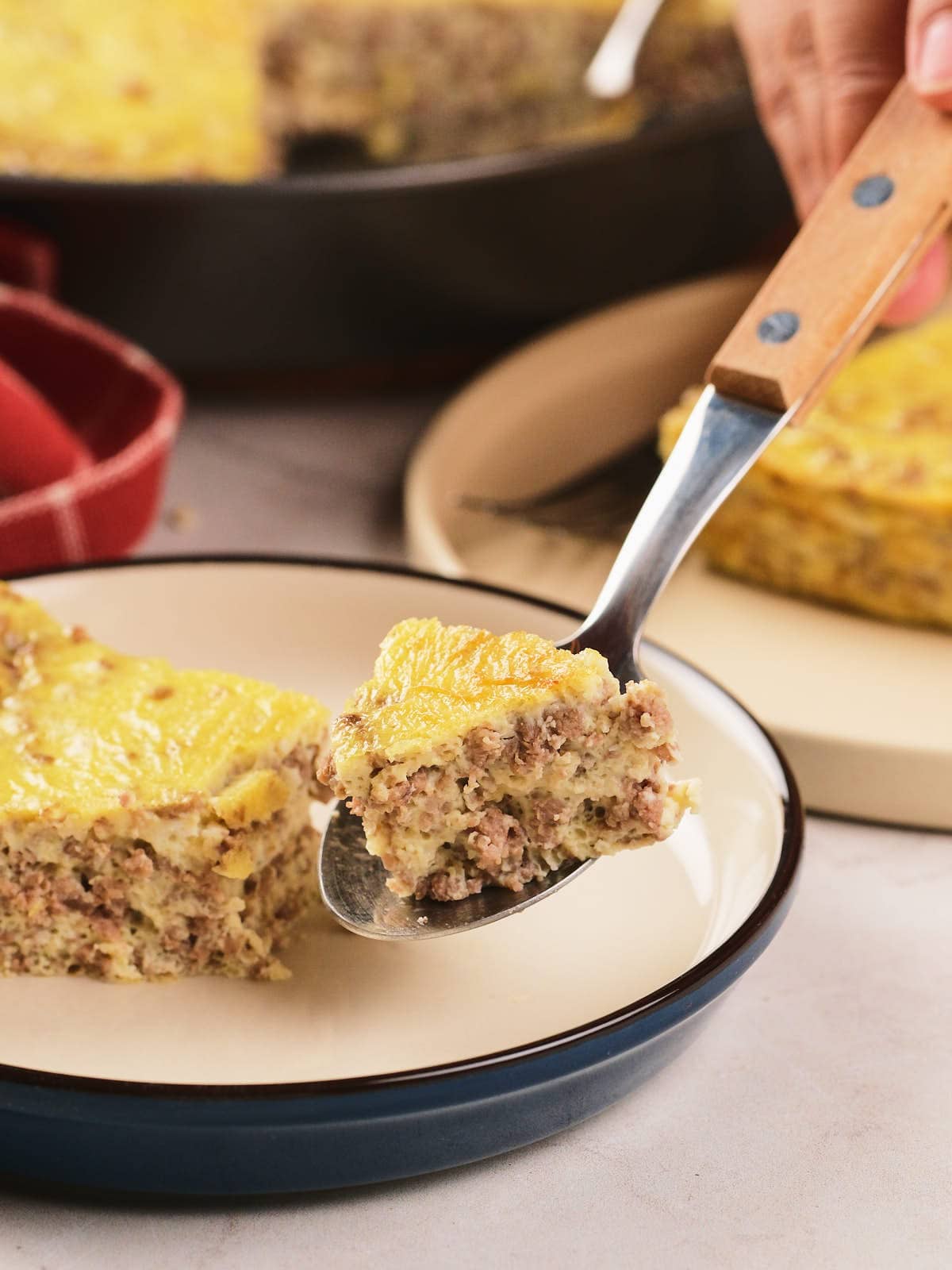
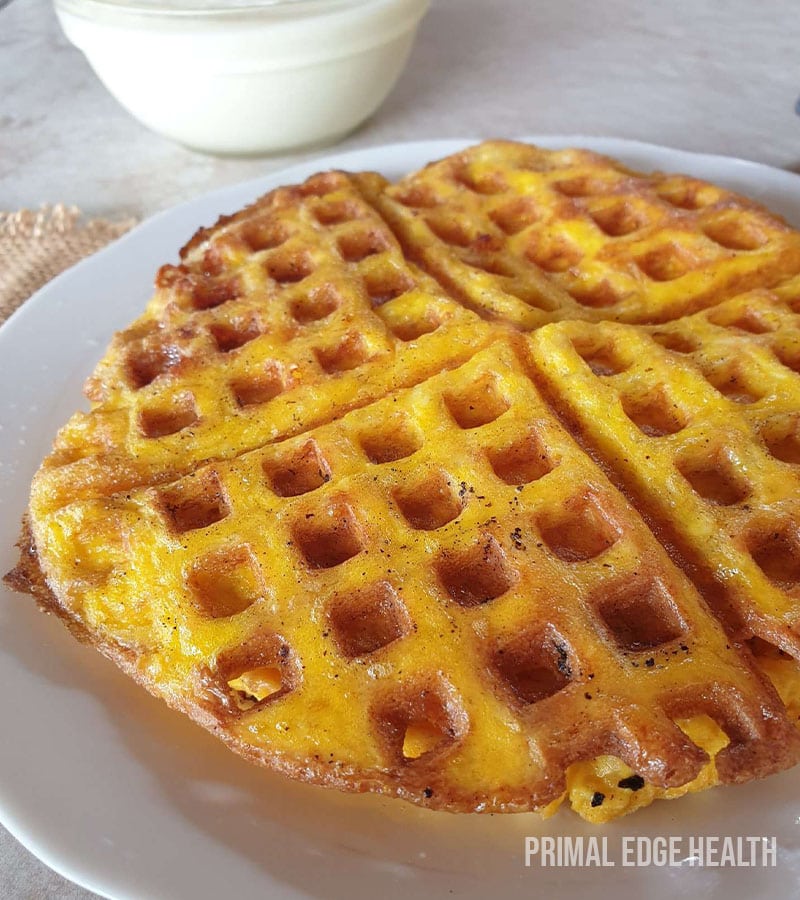
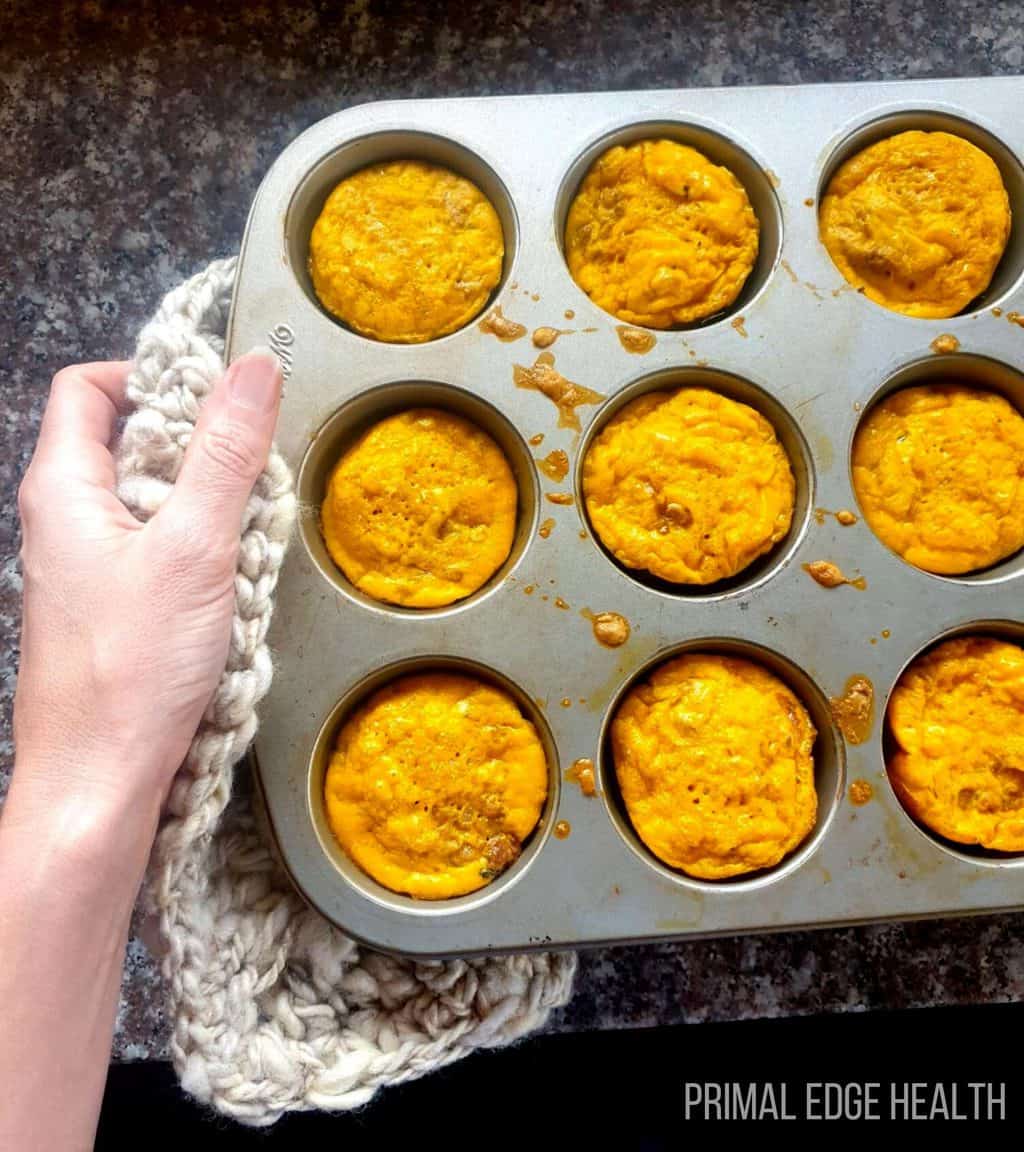
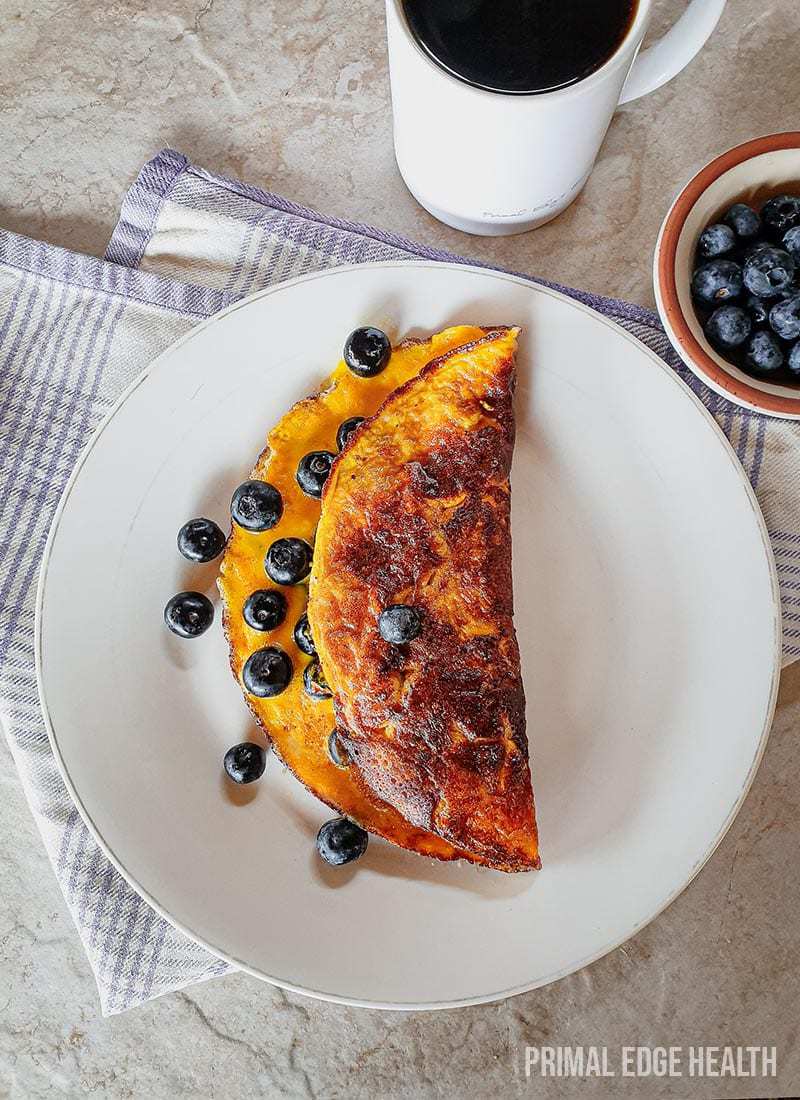
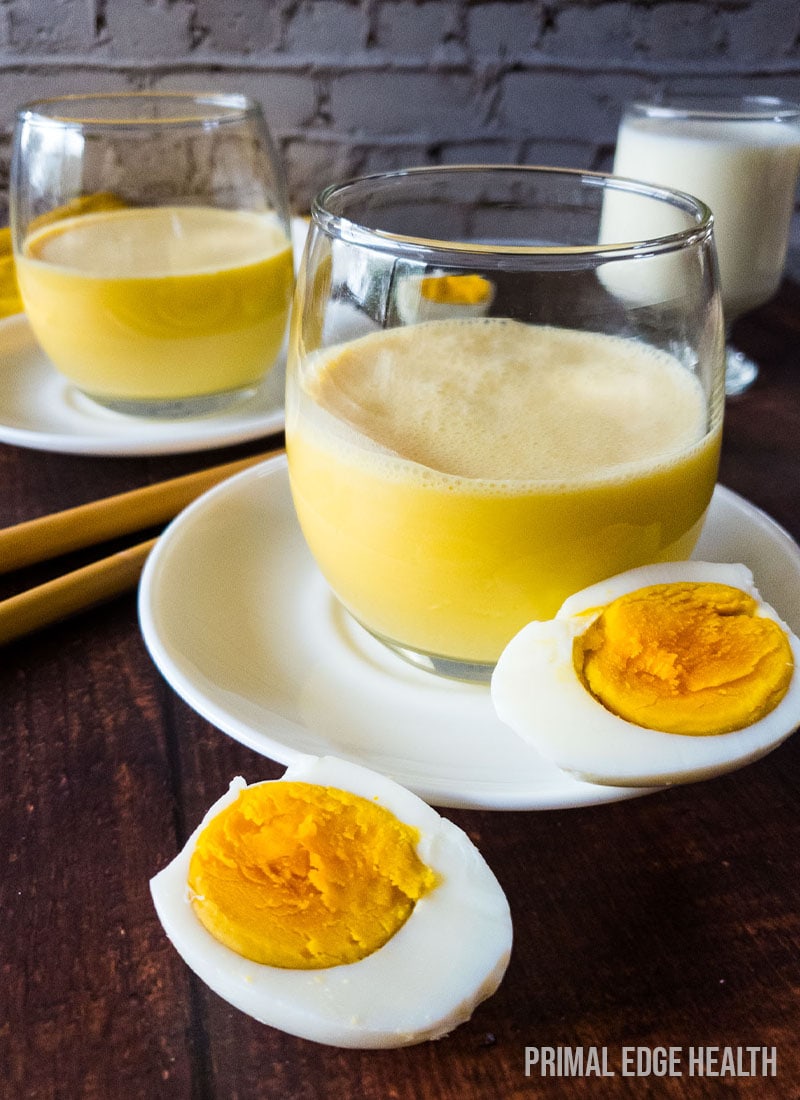
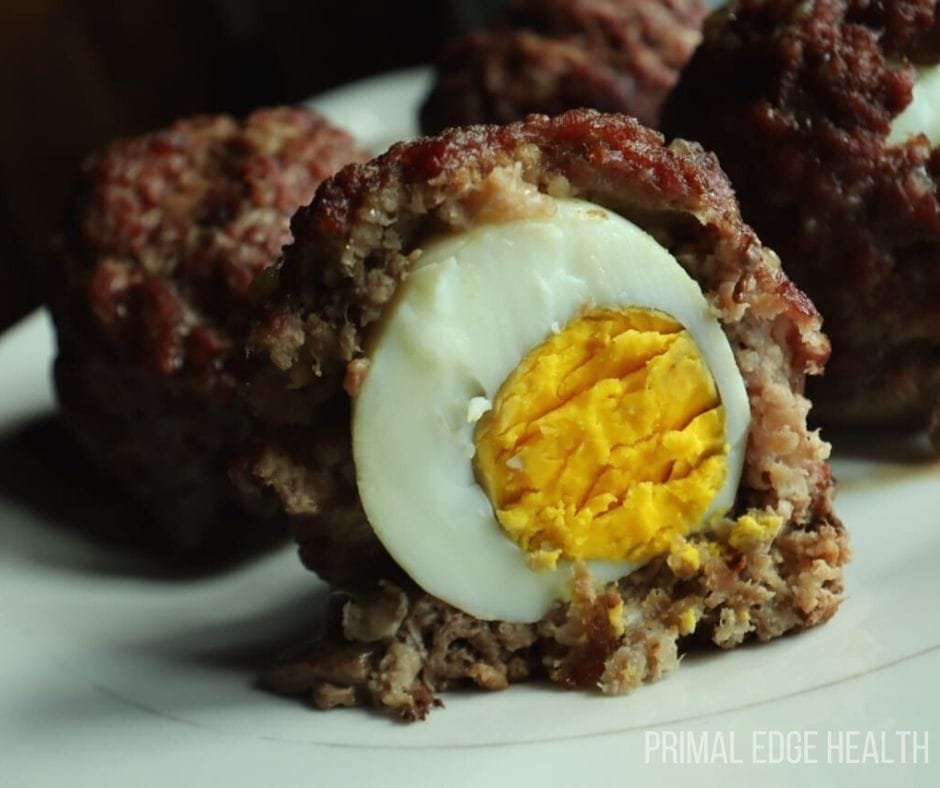
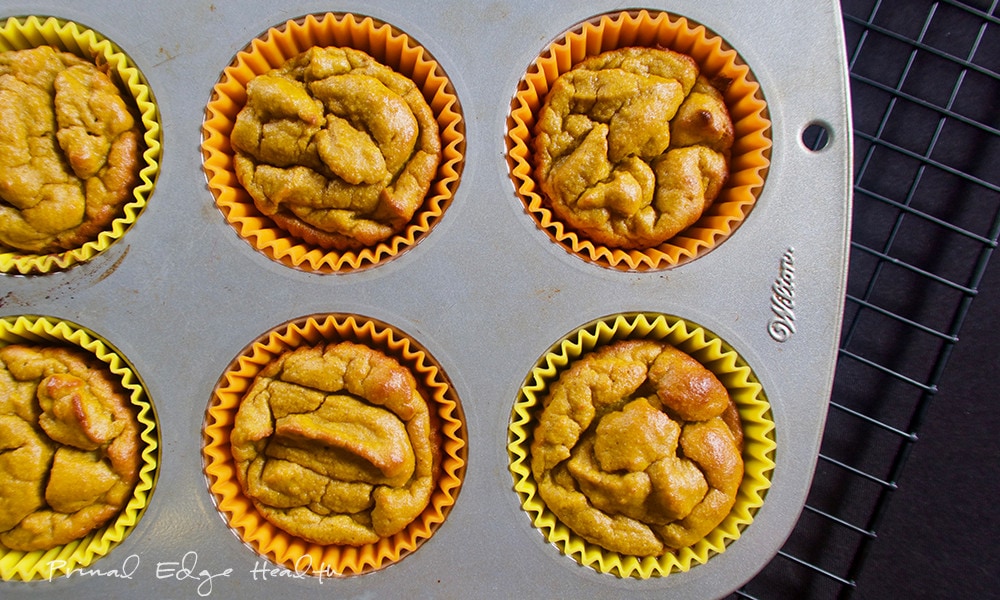
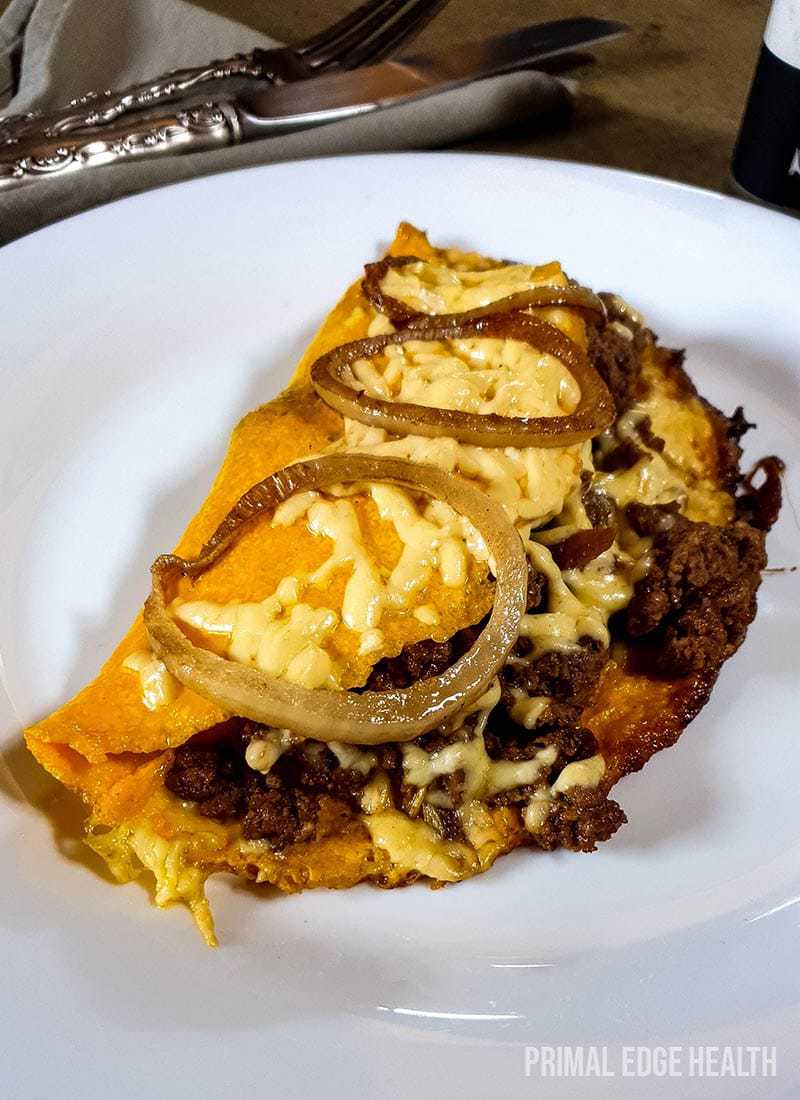
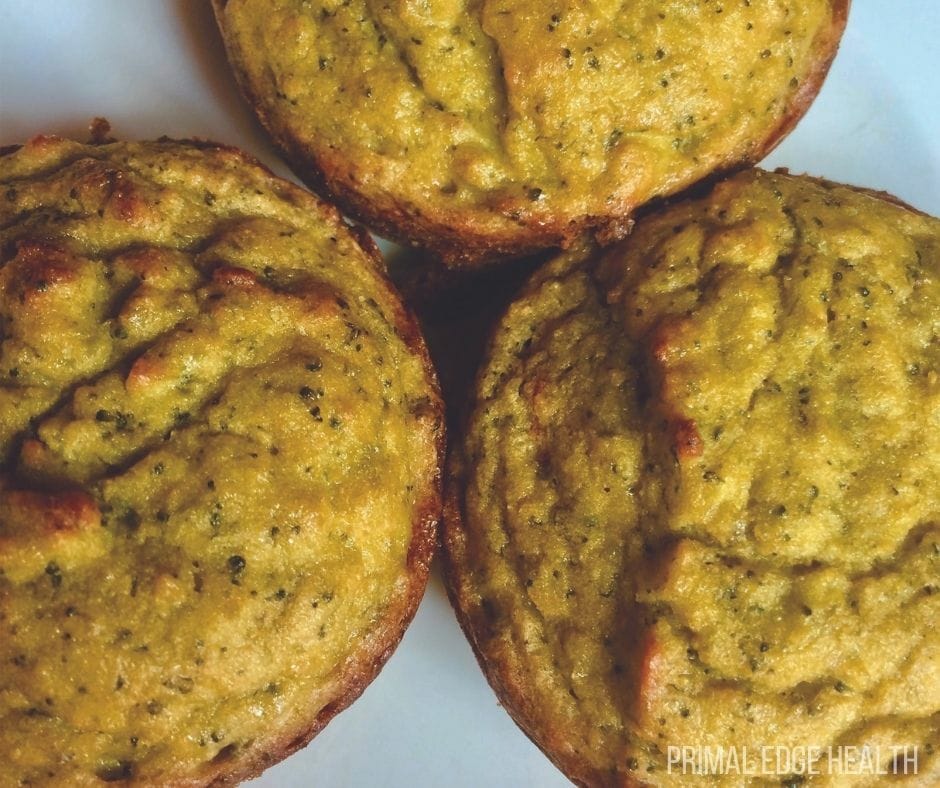
Try Your First Low-Histamine Breakfast Today
Everyone deserves a quiet, symptom-free start to their morning. If you have histamine intolerance or MCAS, try focusing on low-histamine breakfast recipes from now on. They’re simple, delicious, and easily customizable to your liking. Plus, you’ll get the general health benefits of focusing on fresh ingredients.
Let me know if they work for you in the comments below! For more info on the low-histamine diet, explore Primal Edge Health’s wealth of tips, low-histamine recipes, and more.

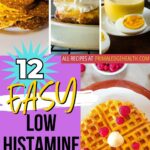
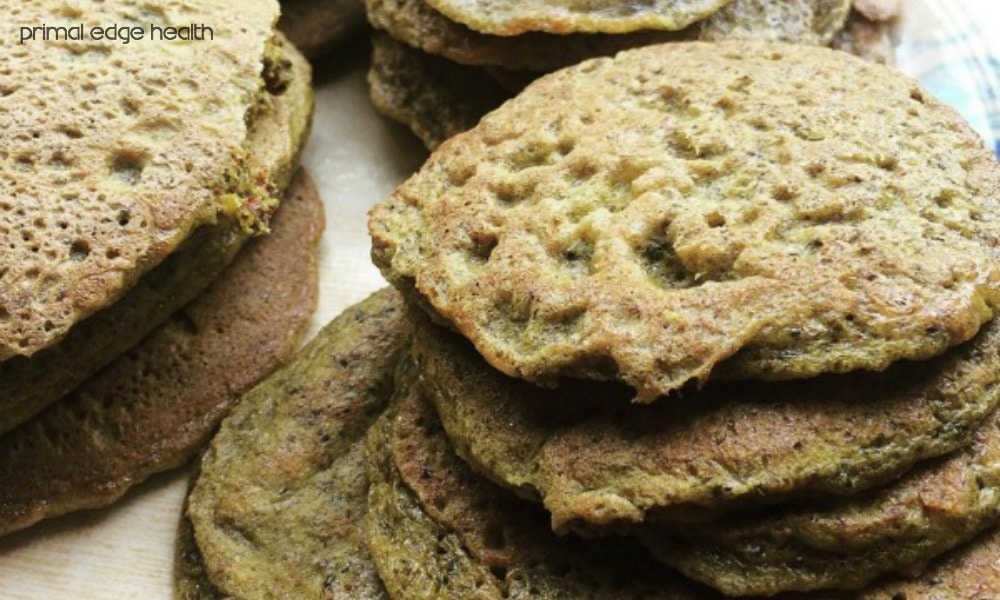

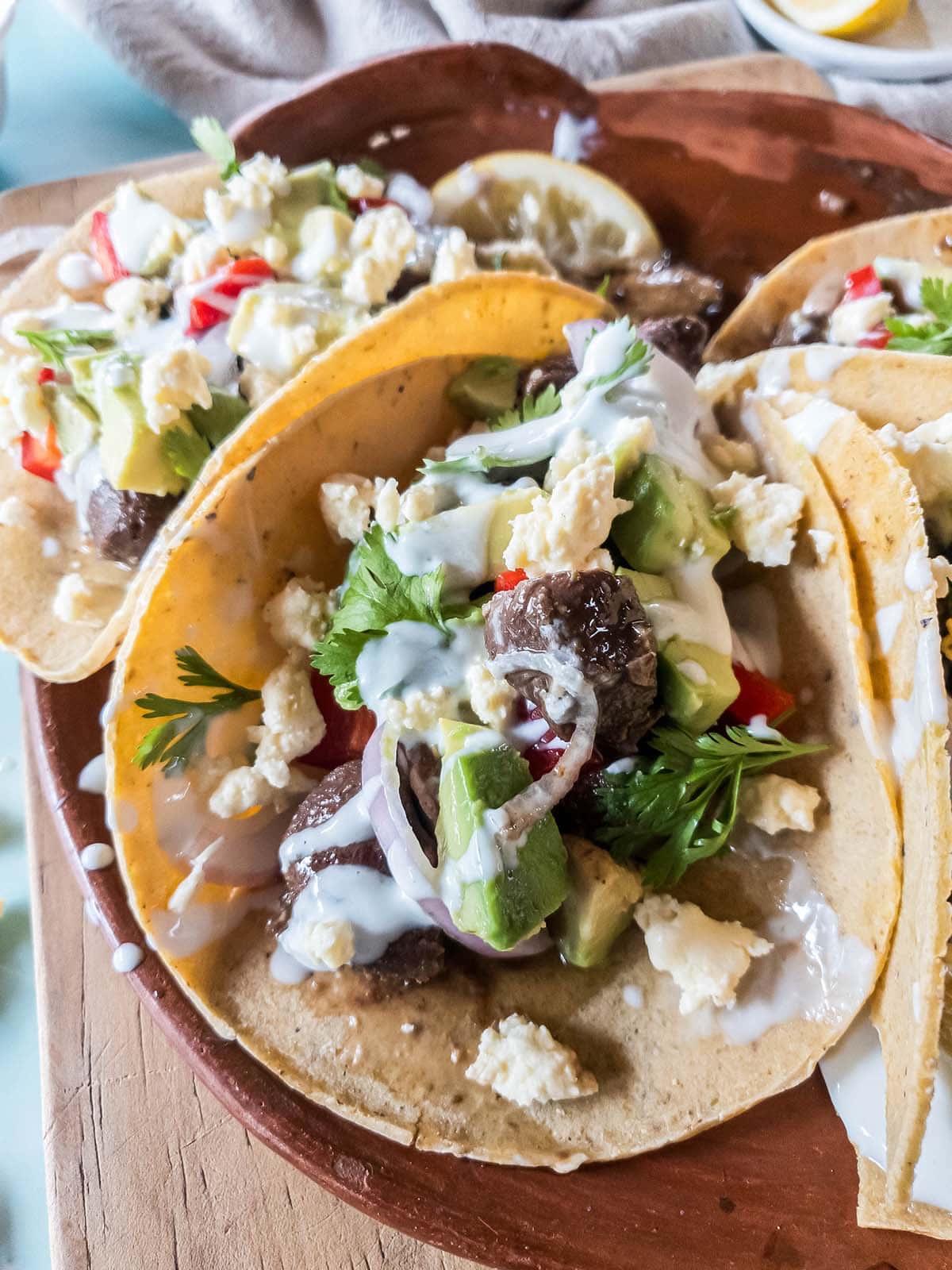
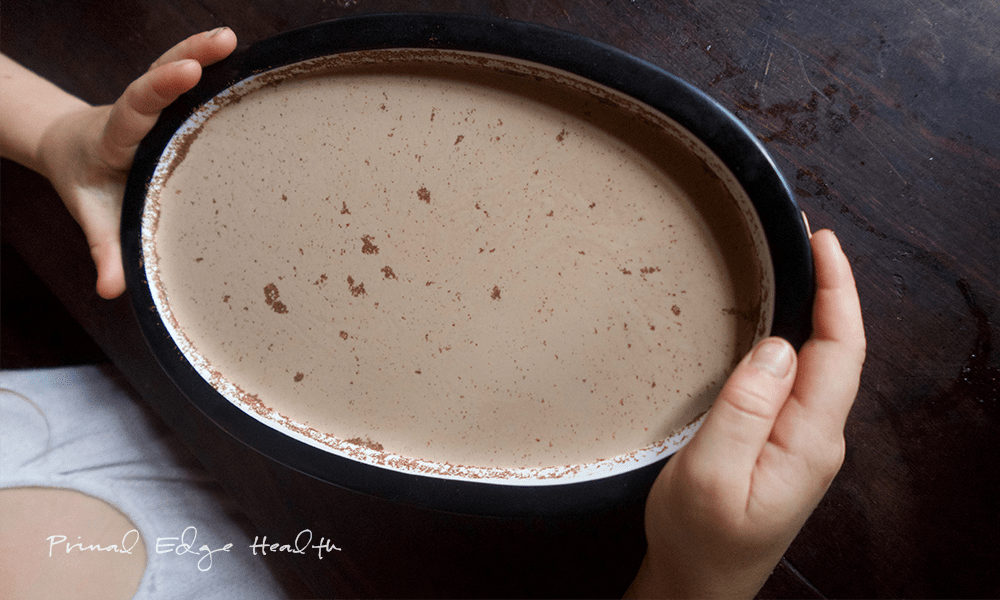
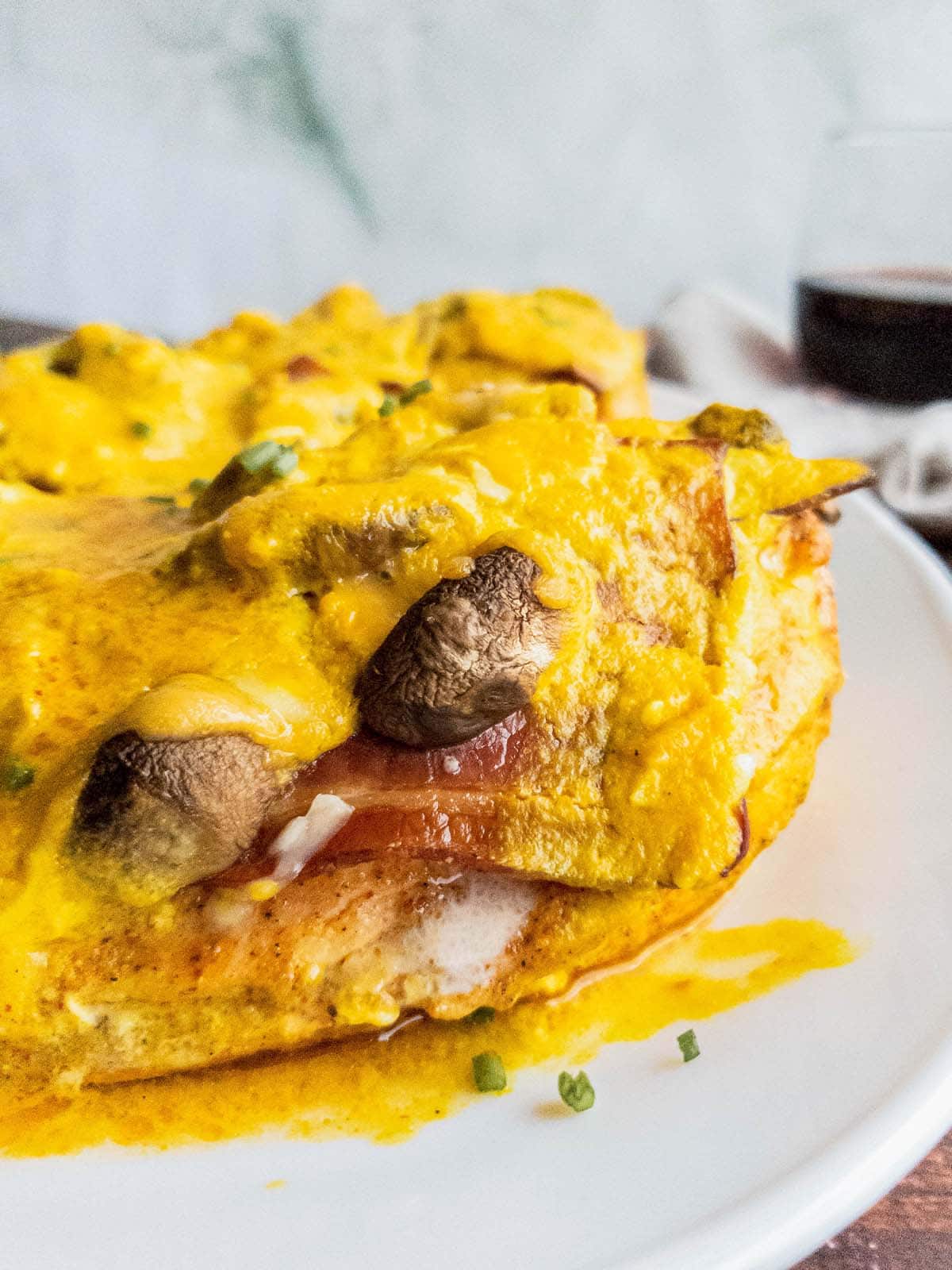
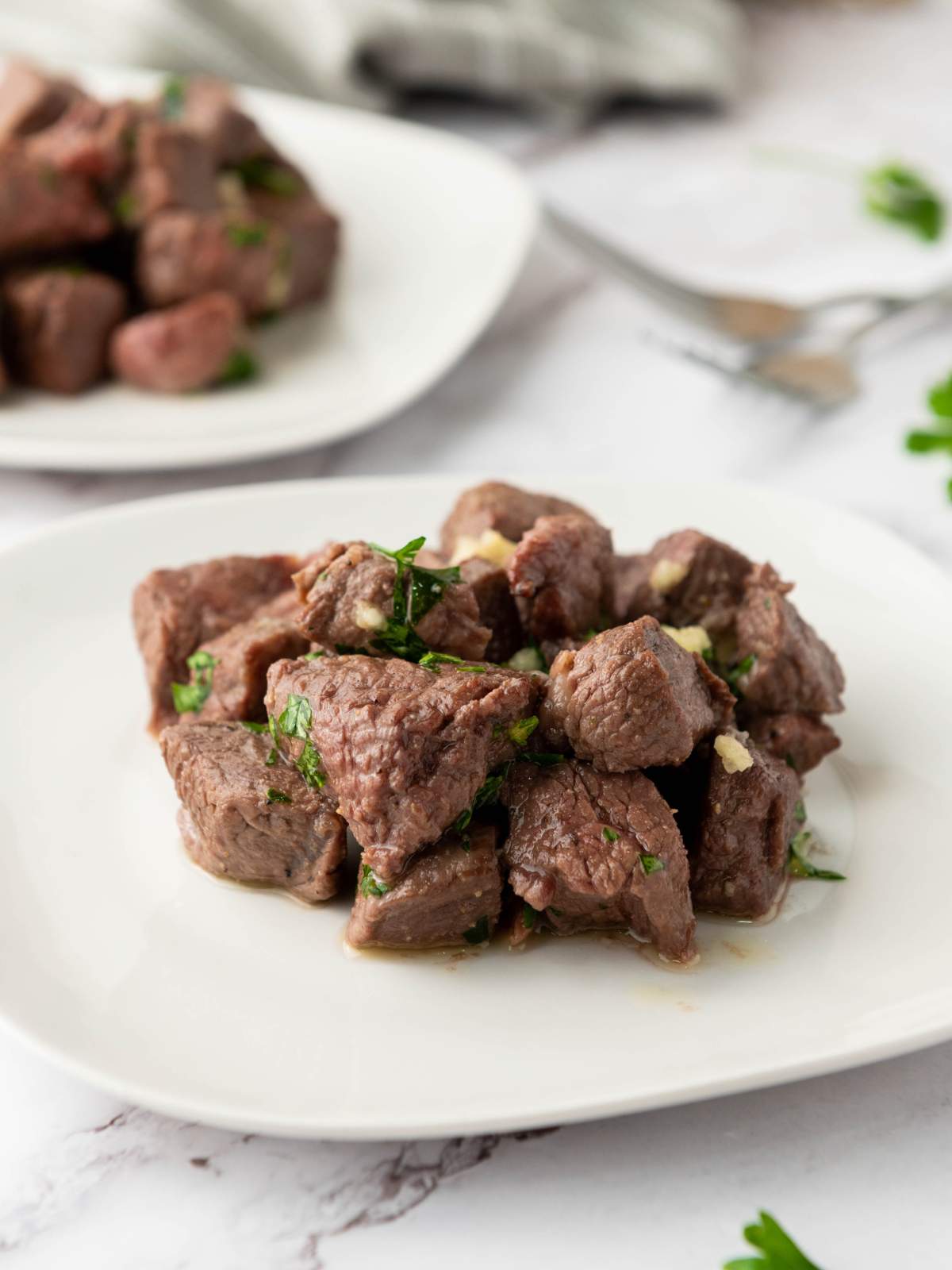
I’m on week 1 of trying low histamine bfast to help with my daily morning congestion and lack of energy. So far I feel like I’m eating like a king and hoping to see some improvement in my symptoms soon.
That’s great to hear, Dillan. I hope you get positive results. Thank you for the amazing feedback. I would love to hear how it goes for you.